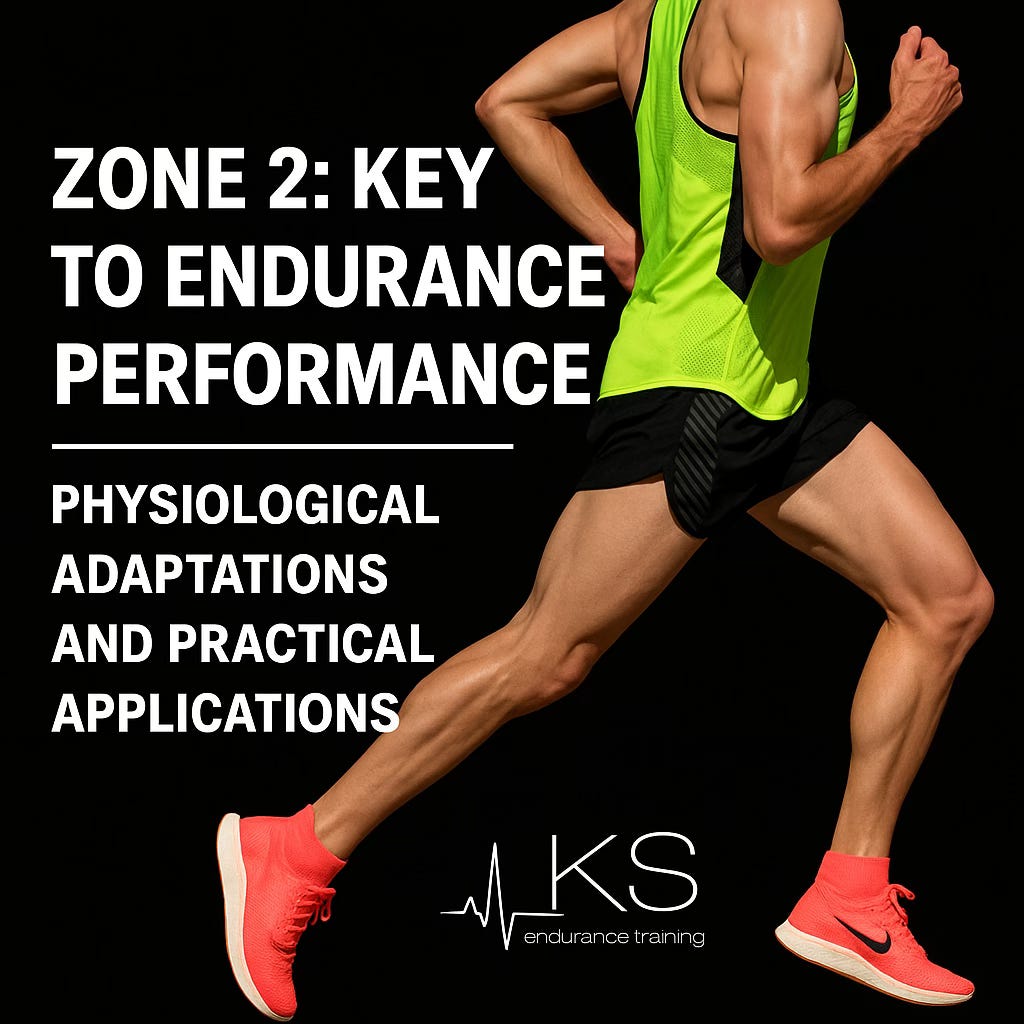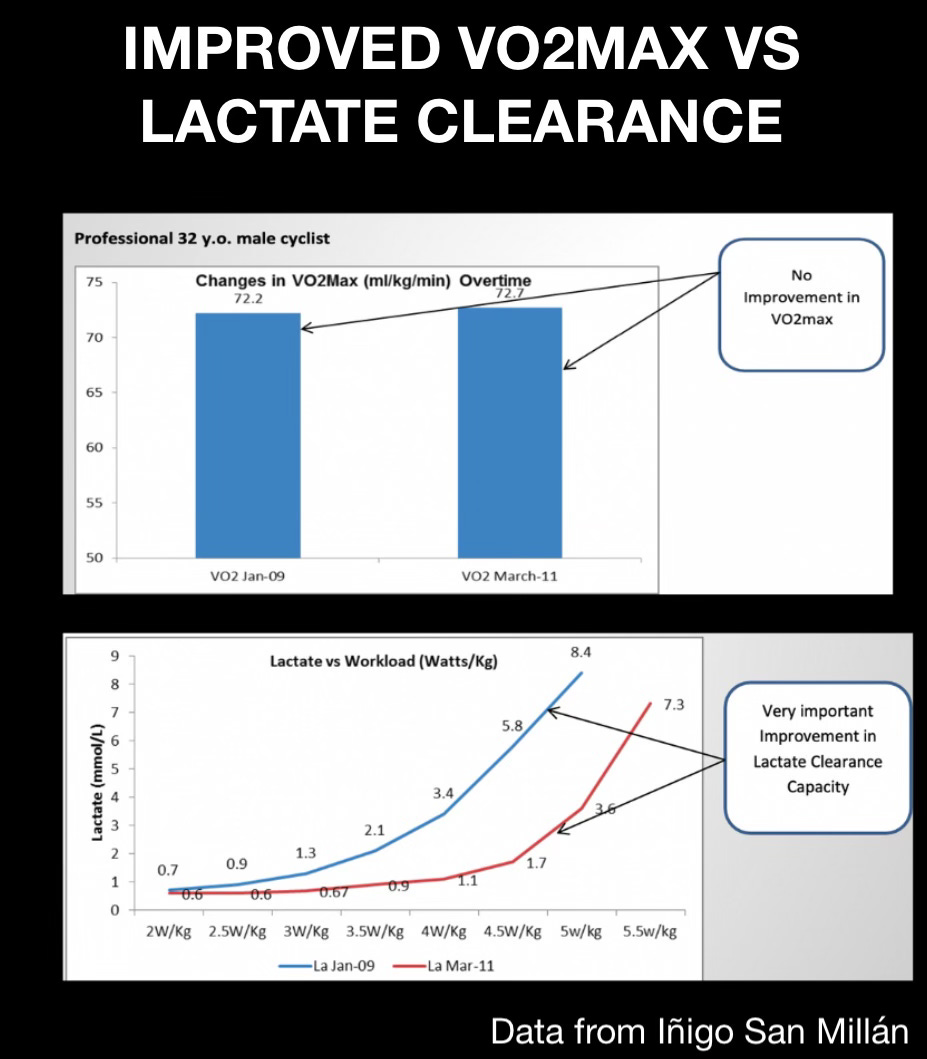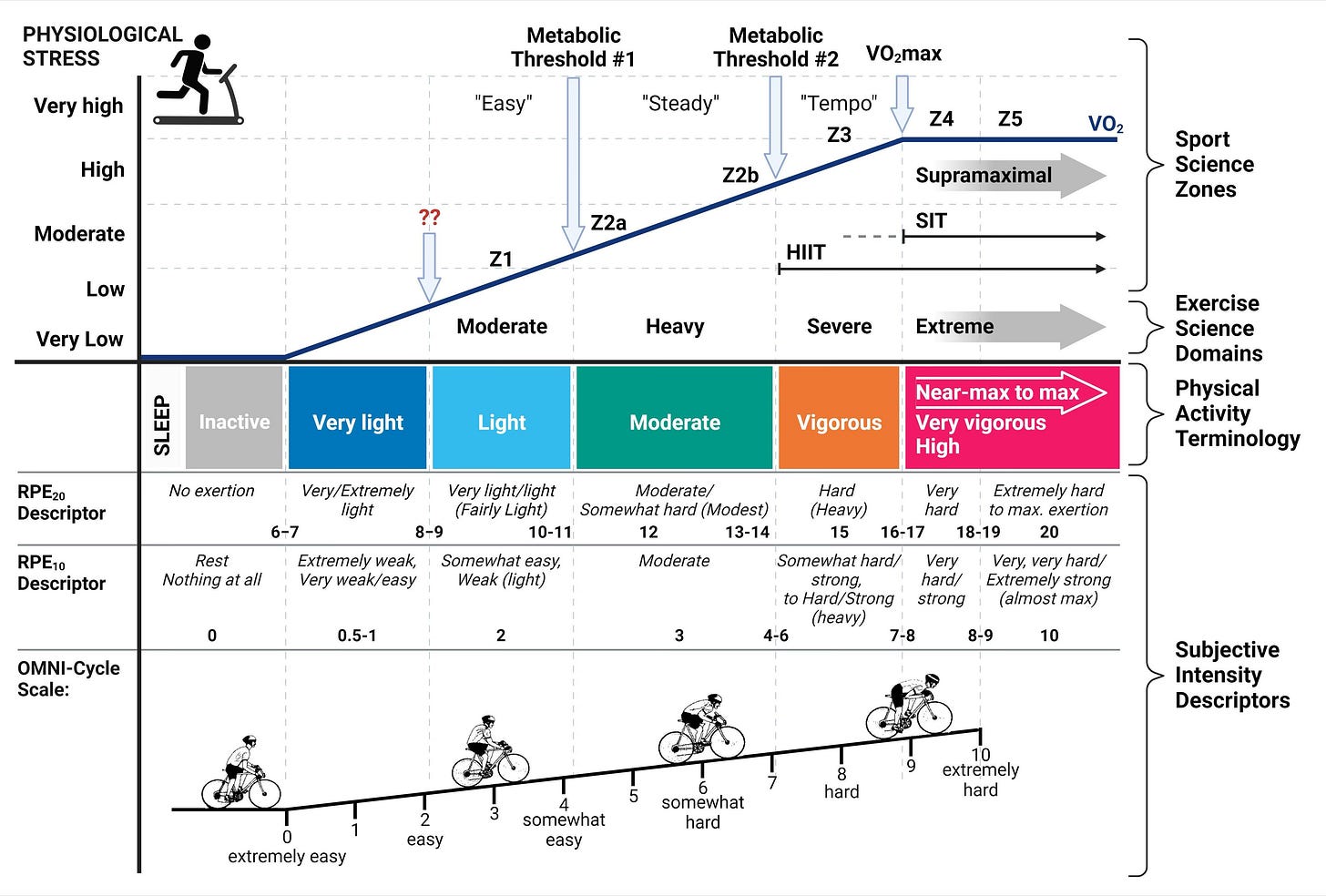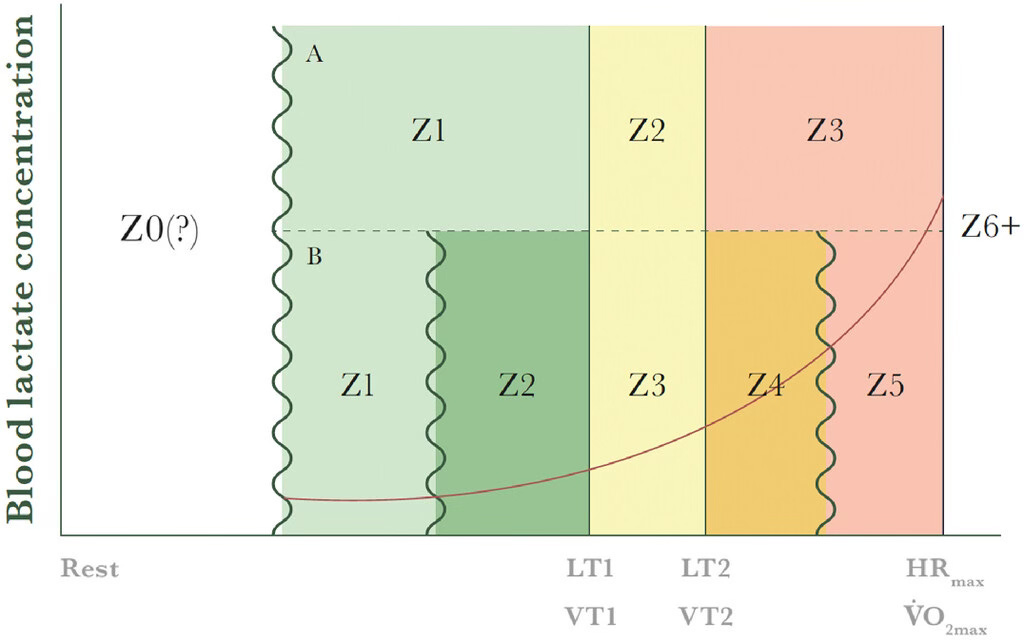Zone 2 training was popularized by Iñigo San Millán, former coach of Tadej Pogačar, to explain the Slovenian champion's dominance over the professional peloton.
The principle: training in zone 2 aims to improve lactate clearance capacity, notably through increased mitochondrial density in slow-twitch muscle fibers. This type of training also stimulates the production of MCT-1 transporters, allowing lactate to enter these slow fibers, where the enzyme mLDH converts it into pyruvate, subsequently used for ATP synthesis.
Conversely, high-intensity training primarily increases the number of MCT-4 transporters, which play a major role in removing lactate from fast-twitch fibers.
The best-trained and highest-performing endurance athletes are highly efficient, exporting less lactate into the bloodstream because they eliminate a greater amount directly within the lactate-producing muscle.
Iñigo San Millán argues that Zone 2 (Z2) is the optimal training zone for improving lactate utilization and clearance capacity. He supports this claim with data showing that the most successful cyclists are those who possess the greatest capacity to transport, utilize, and clear lactate.
In a case study, he also demonstrated that training focused on Zone 2 could enhance a cyclist’s performance over two seasons due to improved lactate utilization, despite a stable VO₂ max.
The Challenge of Defining Zone 2
A group of experts (Sitko et al., 2025) recently published a reference document on Zone 2 training. Their goal is to clarify this zone, specify how it should be utilized, and identify the expected physiological adaptations. The primary challenge, therefore, lies in precisely determining the intensity corresponding to "Zone 2."
David J. Bishop, an exercise physiologist renowned for his research on the genetics and molecular biology of training adaptations, attempted to provide an overview of the different approaches used to define intensity zones. It appears that these approaches vary considerably, particularly concerning their placement within a three-zone versus a five-zone intensity model.
Three-Zone Model:
Zone 1: Intensity below the first threshold (LT1/VT1)
Zone 2: Intensity between the first (LT1/VT1) and second thresholds (LT2/VT2)
Zone 3: Intensity above the second threshold (LT2/VT2)
Five-Zone Model:
In daily practice, experts primarily use a five-zone model. Within this framework, Zone 2 actually corresponds to the upper end of Zone 1 in the three-zone model—just below LT1/VT1. In other words, in the context of this article, "Zone 2" refers specifically to the second sub-zone located below the first threshold, not to Zone 2 of the three-zone model.
Physiological Markers for Zone 2
Experts emphasize the importance of triangulating several internal and external indicators, as relying on a single marker can be misleading depending on factors such as fatigue, temperature, dehydration, etc.
Blood lactate: Approximately 1–2 mmol/L, reflecting a mild but stable lactate flux.
Heart rate (HR): Around 70–80% of maximal HR (or approximately 80–90% of HR at LT1).
Rating of perceived exertion (RPE): Around 10 on the Borg 6–20 scale (perceived as a "comfortable" intensity).
Cycling power: Approximately 75–80% of critical power or power at the second threshold (LT2).
Ventilatory parameters: Ability to speak comfortably in relatively long sentences without noticeable hyperventilation.
The main idea is to exercise at the highest possible intensity while still remaining below the first threshold, ensuring lactate levels remain stable.










